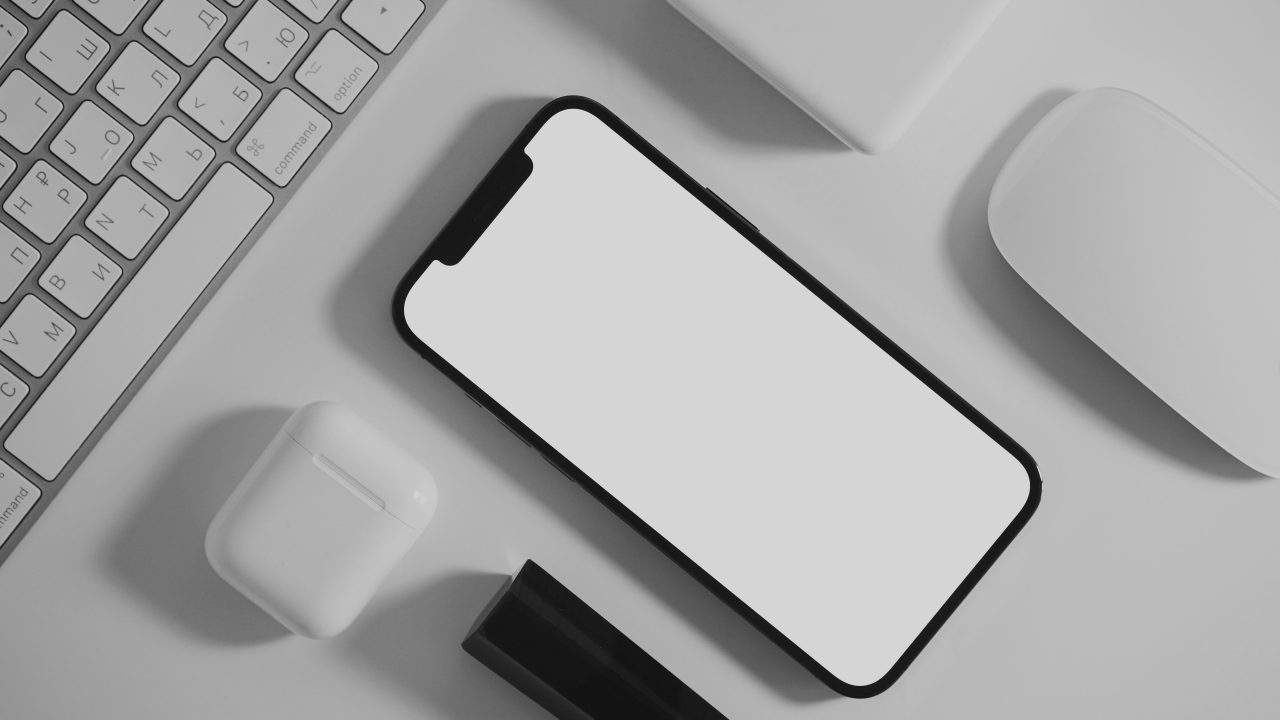Mockups play a crucial role in the design process, offering a glimpse into the final product and facilitating feedback and iteration. Whether you’re designing a website, app, or any digital interface, creating effective mockups can streamline the development process and ensure your vision translates seamlessly to the end product. Here are five tips to help you craft mockups that captivate and communicate your design intent effectively:
- Define Clear Objectives: Before diving into mockup creation, clearly define the objectives and goals of your design. Understanding the purpose and target audience will guide your design decisions and ensure your mockup effectively communicates the intended message. Whether it’s enhancing user experience, increasing engagement or conveying brand identity, clarity on objectives is paramount.
- Keep it Simple and Intuitive: Avoid clutter and complexity in your mockups. Focus on presenting the core elements and functionalities without overwhelming the viewer. Use intuitive navigation and layout to guide users seamlessly through the interface. Remember, simplicity enhances usability and fosters a positive user experience.
- Maintain Consistency: Consistency is key to creating a cohesive and polished mockup. Ensure uniformity in typography, colors, and styling throughout the design. Consistent elements instill a sense of professionalism and brand identity while minimizing confusion for users. Establishing a style guide can help maintain consistency across various mockups and iterations.
- Prioritise User Feedback: Incorporating user feedback early and iteratively is essential for refining your mockups. Solicit feedback from stakeholders, designers and potential users to identify pain points and areas for improvement. Analyse feedback objectively and iteratively refine your mockups to better align with user expectations and preferences.
- Optimise for Different Devices and Platforms: With the proliferation of devices and platforms, it’s crucial to design mockups that adapt seamlessly across various screen sizes and resolutions. Prioritise responsive design principles to ensure optimal viewing experiences on desktops, tablets and mobile devices. Testing your mockups on different devices and platforms will help identify and address any usability or layout issues.
In conclusion, effective mockup design is essential for visualising and refining your digital interfaces. By defining clear objectives, keeping designs simple and intuitive, maintaining consistency, prioritising user feedback and optimising for different devices, you can create mockups that not only impress but also effectively communicate your design vision.
#UX Design #UI Design


Leave a Reply
You must be logged in to post a comment.